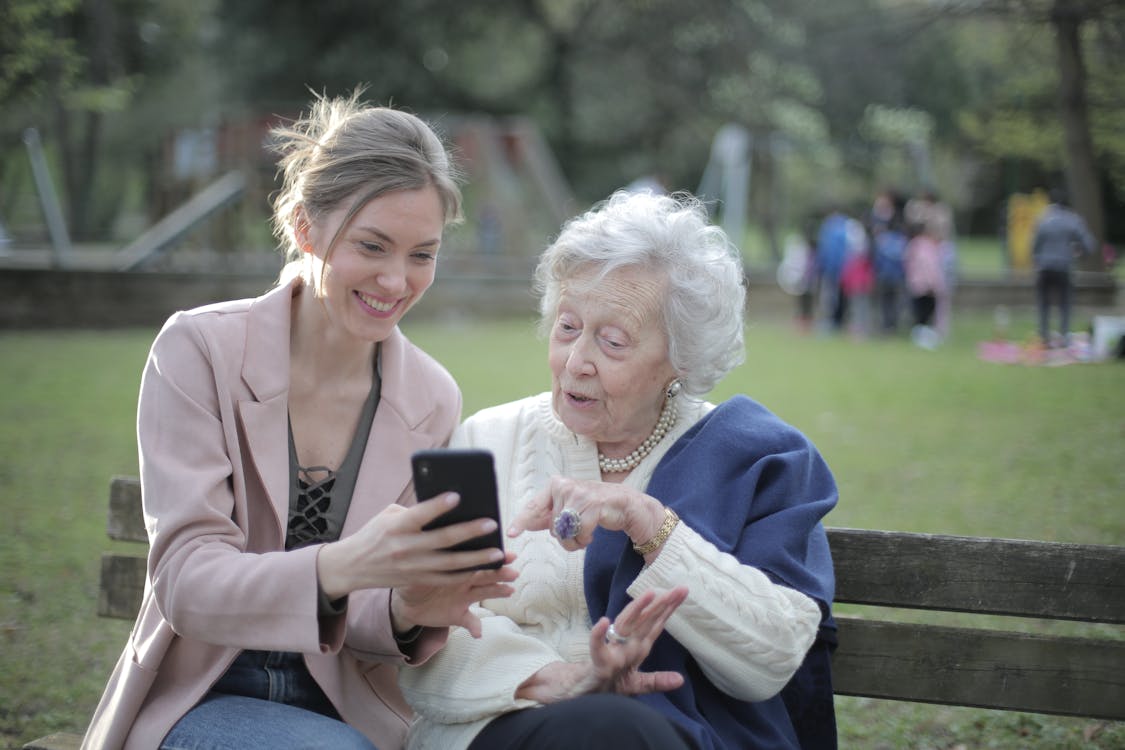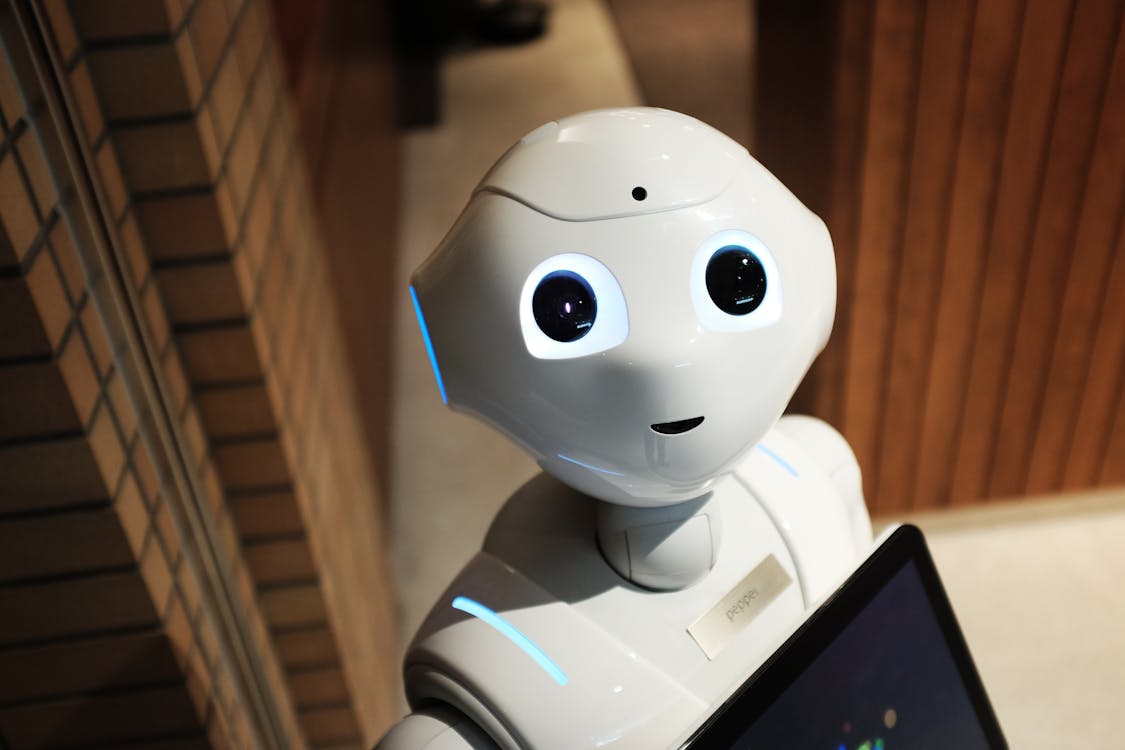In 2022, the healthcare industry will be more digitized than ever before. Many healthcare-related companies are investing in healthcare technology trends and digital innovations to improve their services and the quality of patient care. As the technology industry advances, so will the healthcare industry. In 2022, it is estimated that there will be 20 billion connected devices in use worldwide. It is expected that in the next ten years, people will be using smart devices to monitor their health and track their progress.

Internet of Medical Things (IoMT)
The Internet of Medical Things (IoMT) is a term coined by the World Health Organization to describe the convergence of digital innovation technology in the healthcare industry. It has been projected that the number of connected medical devices will grow from the current 5.4 billion to 10 billion by 2022. Many believe that this will create a revolution in healthcare, as patients and doctors will be able to communicate, collaborate, and share information more efficiently and effectively.
Wearables for Chronic Conditions
Wearables are becoming an increasingly popular way to monitor and track a variety of health data. The healthcare industry is also adapting to the future healthcare trends, and many companies are now producing wearables that are more than just fitness trackers. For example, a company called OMRON is developing a wearable for the elderly that can help detect falls and use that information to send alerts to caregivers.
Video Conferencing Platforms
In the past, video conferences were primarily used for business meetings, or find bride video chats, but now they are becoming more and more common technology trends in healthcare industry. There are many different types of video conferencing platforms that are HIPAA-compliant and can be used to create a secure connection between providers and patients. Video conferencing is also becoming more commonplace in the medical community because it is a cost-effective way to connect with patients who may not be able to travel for appointments. Video conferencing is also a great way to connect with patients and family members who may be in different locations.
Remote Patient Monitoring
Remote Patient Monitoring (RPM) is one of the latest health information technology trends and digital innovations. RPM is a system of monitoring patients remotely that can provide continuous care for people with chronic diseases. Remote Patient Monitoring has been used in hospitals, rehab centers, and nursing homes to improve quality of life for patients and their caregivers. The benefits of Remote Patient Monitoring include improved patient safety, more cost-effective care, reduced staffing requirements, and improved patient outcomes.
Mental Health Care
With the rise of technology, mental health care has also seen a change. With the help of healthcare IT industry trends, mental health care is becoming more accessible and easy to use. Digital innovations such as digital mental health care apps, virtual reality, and virtual therapy are being used more often in the treatment of mental health disorders. This is not only making it easier for patients to manage their mental health, but also for providers to provide mental health care. These apps can be used to monitor moods, diagnose anxiety and depression, and even help with sleep management. It is important that we are able to monitor our mental health so that we can better understand what triggers our moods.
Predictive Analytics
Predictive analytics is a new type of general healthcare technology trends that has the ability to predict what may happen in the future. Predictive analytics is already being used in healthcare, and it is predicted to be even more important in the future. Predictive analytics are being used in many different ways, including predicting and preventing illnesses, as well as providing better care for patients.
Moving to Clouds
Cloud Migration is a healthcare technology trend that has been on the rise in recent years. It is a process of migrating data and applications from an on-premise infrastructure to a cloud infrastructure. Cloud migration is a digital innovation that helps to reduce the cost of maintaining an on-premise infrastructure, while also improving the speed and scalability of the IT infrastructure. The cloud migration process is more prevalent in healthcare due to the high costs of maintaining legacy systems. Cloud migration is beneficial for both providers and patients.
Using Robotics Technology
Robotic Process Automation, or RPA, is a term used to describe the use of computer software to automate the process of completing tasks. RPA is expected to be a major healthcare technology trend in the near future and will likely result in digital innovations. In the near future, RPA will likely be used in many different settings, including hospitals, clinics, and even private practices. Robotic Process Automation is expected to be a major healthcare technology trend in the near future and will likely result in digital innovations.

Author’s bio:
Emily Moore is an experienced copywriter and photographer with a degree in design. She works with startups, entrepreneurs, bloggers and companies from all over the world. In addition to writing articles and promotional material, she enjoys hiking, reading, cooking and spending time with her family. Emily also writes on the website kissbrides.com. You can see more of her work there.




